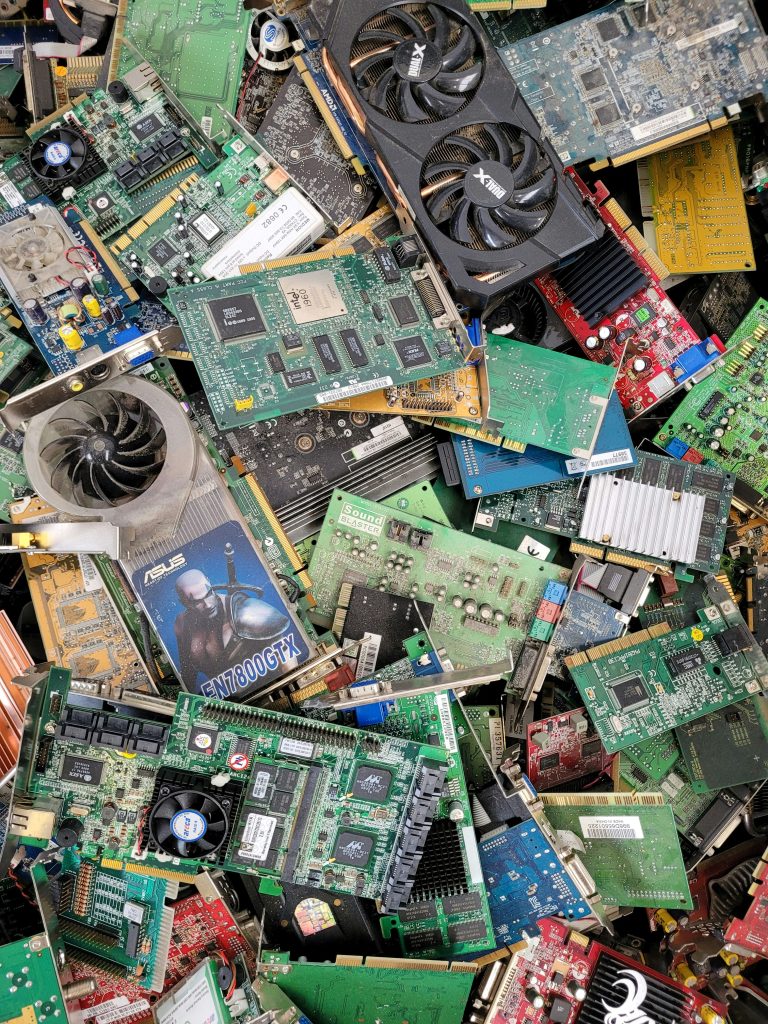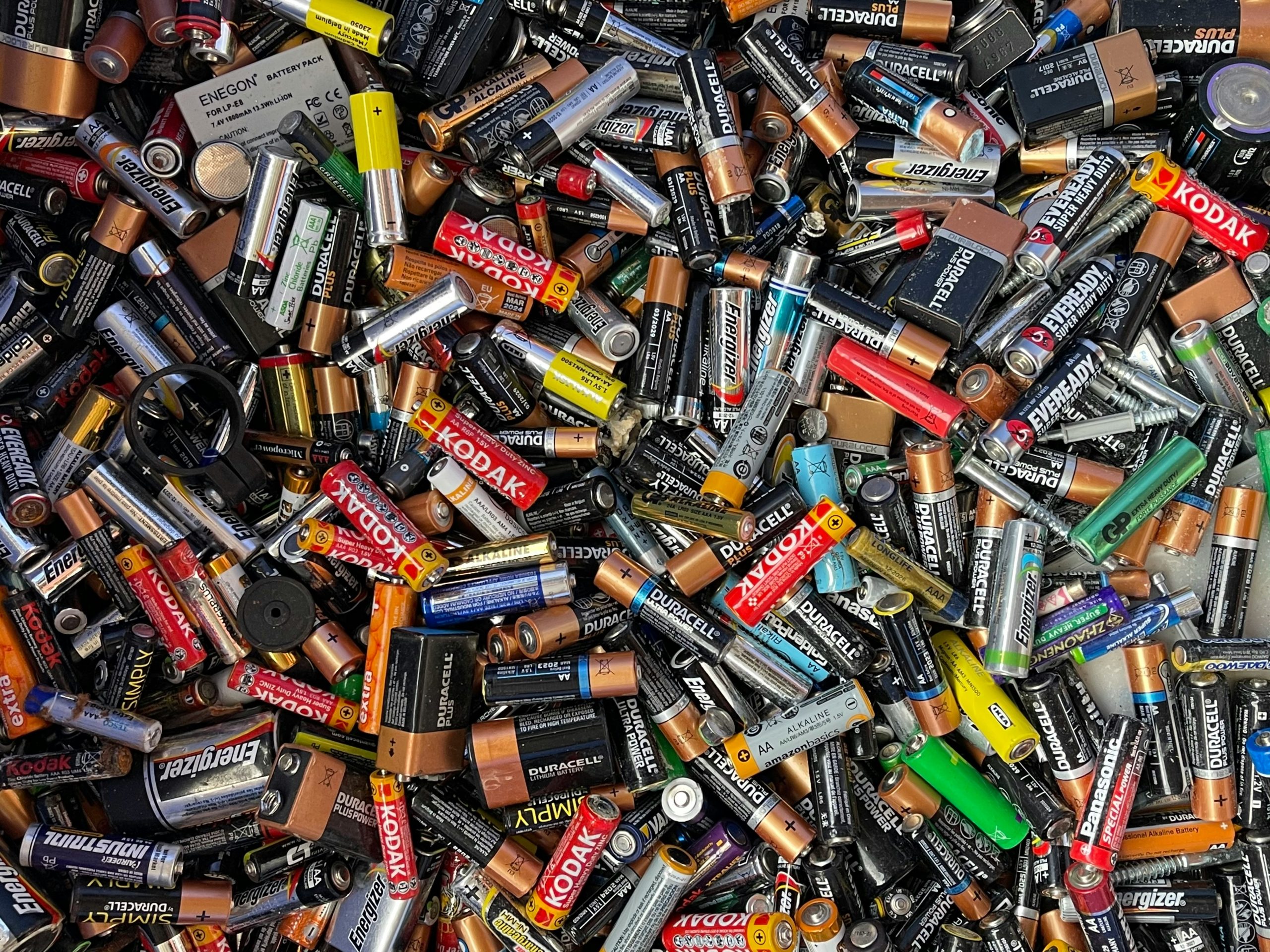E-Waste Crisis: How Tech Companies Are Tackling Electronic Waste
2 Designing for Durability and Repairability
Right to Repair movements and new regulations are pushing companies to make devices that last longer and are easier to fix.
1 Modular gadgets: Companies like Framework and Fairphone let you swap out screens, batteries, and parts instead of replacing the whole device.
2 Longer software support: Apple, Samsung, and Google now offer up to 7 years of OS updates keeping phones relevant longer.
3 DIY repair kits: Major brands are offering official tools, tutorials, and parts directly to consumers.
4 Why it matters: Fewer toss-outs, more value per device, and less pressure on landfills and supply chains.
3 Expanding Take-Back and Recycling Programs
Tech companies are investing in closed-loop recycling systems, where old devices feed into new ones:
1 Apple’s Daisy robot: Disassembles iPhones to recover rare earths, gold, and lithium with precision.
2 Dell and HP: Use recycled plastics and metals from old devices in their new products.
3 Best Buy & Staples: Retailers are stepping up as collection hubs for old tech, offering rewards or discounts for trade-ins.
4 Pro tip: Many manufacturers offer free mail-in recycling for old gear—even if you didn’t buy from them.

4 Embracing Circular Economy Models
The shift is on: from linear (“make, use, toss”) to circular (“make, use, reuse, recycle”) systems.
1 Subscription tech: Companies now offer devices-as-a-service (DaaS), where they maintain, upgrade, and recycle hardware for businesses and consumers.
2 Refurbished marketplaces: Certified refurbished devices are growing in popularity—better for the planet and your wallet.
3 Component reuse: Some tech firms are designing gadgets that let chips, sensors, and memory be reused across multiple product lines.
4 The goal? Reduce reliance on raw materials and make reuse the new norm.
5 Addressing Toxic Waste and Global Dumping
A major challenge in the e-waste crisis is illegal dumping in developing nations. Companies are now:
1 Auditing their recycling chains to ensure safe, ethical handling
2 Partnering with e-Stewards and R2-certified recyclers to prevent environmental harm
3 Using safer materials in production—phasing out lead, mercury, and flame retardants
4 Fun fact: Your old phone could contain up to 60 elements, including gold, palladium, and cobalt.

6 Innovating with Sustainable Materials
Eco-friendly design is taking off:
1 Biodegradable circuit boards
2 Plant-based plastics and casings
3 Recycled aluminum and ocean-bound plastics
Tech giants are racing to make their supply chains not just greener—but closed-loop, meaning zero net waste.
7 What You Can Do as a Consumer
1 Buy less, upgrade smarter
2 Choose repairable/refurbished tech
3 Recycle responsibly (through official channels)
4 Support companies with sustainability commitments
Every choice helps reduce e-waste and drive demand for more responsible tech.
Final Thought
The e-waste crisis is massive—but solvable. Tech companies are finally investing in the tools, policies, and designs to clean up their act. The future of electronics? Longer-lasting, easier to fix, and designed to be reborn.






